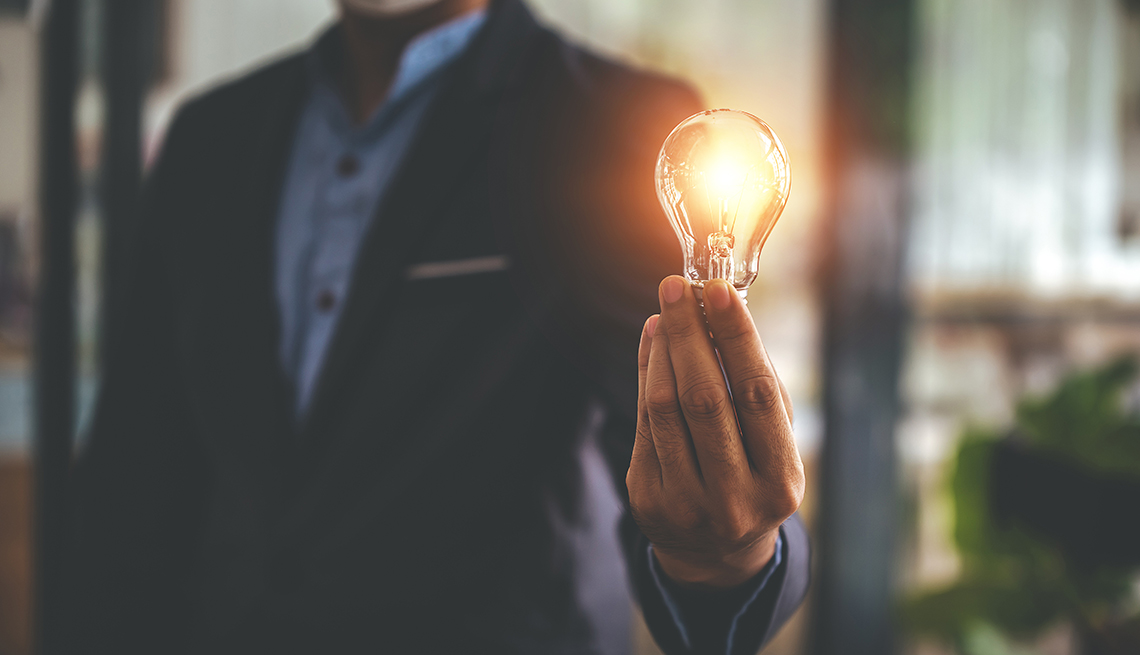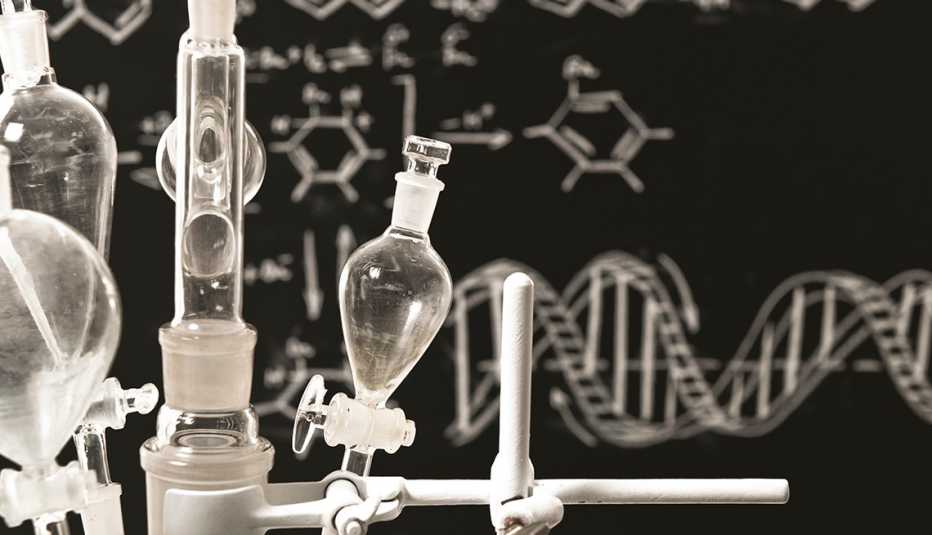AARP Hearing Center
With such a rich diversity of perspectives and backgrounds, it’s no surprise that Latinos power $2.75 trillion of total economic output in the United States and “continue to start businesses at a faster rate than all [other groups] — including 44 percent growth in the number of businesses in the last 10 years compared to just 4 percent for non-Latinos,” according to a report from the Stanford Graduate School of Business and the Latino Business Action Network.
One pathway for Latinos who aspire to become entrepreneurs to secure long-term financial success is through the federal patent system. Acquired through the U.S. Patent and Trademark Office (USPTO), a patent prohibits others from making, using, selling, offering for sale or importing an invention. A patent also is legally recognized as property, which means it can be an asset that increases the business’s overall valuation.
This Hispanic Heritage Month we celebrate three Latino patent holders who invented everyday products that many of us use.
Improving the portable breast pump


Elena Medo’s invention started like so many others, with a personal need. After giving birth to her third child in 1982, Medo had to lug her 30-pound breast pump through multiple stops on her daily commute to the Vancouver Stock Exchange. After all that effort, the device barely worked. Medo started developing a lighter, more portable design while she continued working full time and raising her family. In 1999 she successfully patented a manual breast pump system that uses a wall vacuum to make it more effective.
The device would ultimately become the launchpad for several start-ups she founded in the lactation industry. At its peak, one of her companies was earning roughly $4 million per year, The Washington Post reports. In recent years, however, her companies have faced various legal struggles.
Medo was 46 at the time of her first patent and would go on to receive an additional eight patents for her designs.
Making mass transit safer
The next time you step off a train after arriving at your destination you may want to thank serial inventor Victor Ochoa. Born in Mexico in 1850, Ochoa earned a patent for the electric brake in 1907, more specifically for a process that uses magnetic attraction to slow the train. This invention led to safer mass transit systems, with the ability to transport more commuters.
































































